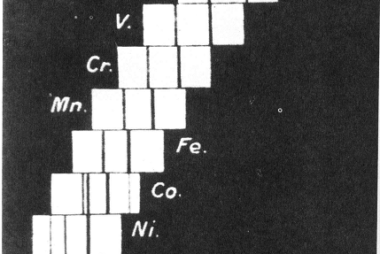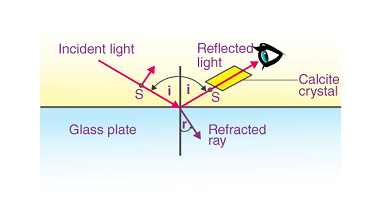JEE (Main+Advance) e-advance Course States of Matter: Gases and Liquids
Sure, I’d be happy to help with your question on states of matter, specifically gases and liquids, in the context of the JEE (Main+Advanced) e-Advance course. States of matter refer to the physical forms that matter can take. The three most common states of matter are solid, liquid, and gas. In this response, I will…









